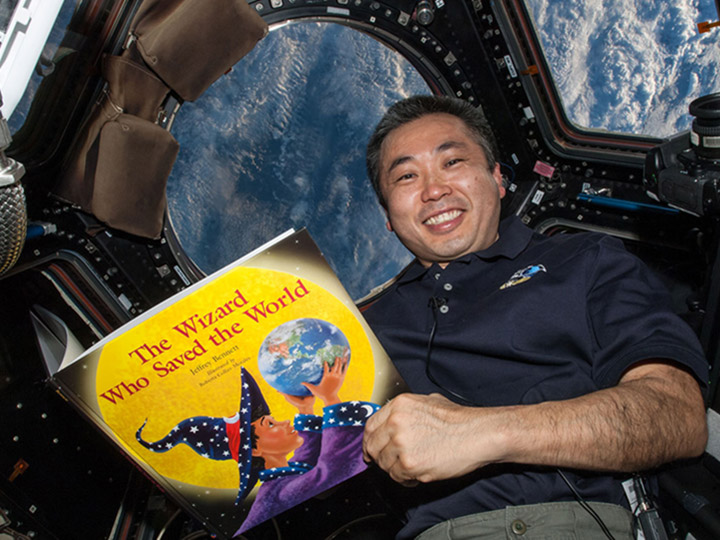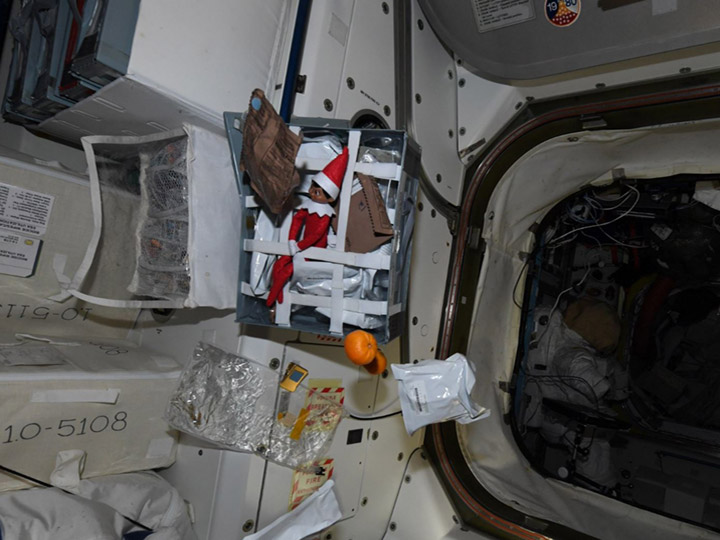KENNEDY SPACE CENTER (FL), December 20, 2018 – The International Space Station (ISS) U.S. National Laboratory today announced multiple flight projects stemming from a variety of scientific and educational concepts that are in development to launch to the orbiting national laboratory. Each of the investigations selected for the ISS National Lab will benefit life on Earth by exploiting unique advantages of research in space. These projects represent a diverse mixture of scientific objectives and interests from commercial partners, academic investigations, and education initiatives to inspire the next generation of scientists and engineers. Below is an overview of recently selected investigations by the ISS National Lab:
Gravitational Regulation of Osteoblast Genomics and Metabolism (OsteoOmics)
University of Minnesota
PI: Bruce Hammer
Millions of Americans naturally experience bone loss as they become older, and others experience accelerated bone loss resulting from disease and mechanical unloading associated with extended bed rest caused by other illness. This experiment will test whether bone cells cultured under the effects of magnetic levitation behave like bone cells cultured in the free-fall conditions of microgravity by comparing the genetic expression of two different types of bone cells, osteoclast and osteoblast cells, grown in space and on Earth. This information will help scientists determine the molecular changes in cells while grown under magnetic levitation versus those grown in microgravity.
Microgravity Crystal Growth of Photovoltaic Semiconductor Materials: Controlled Defect Homogeneity in CuInS2
Princeton University
PI: Jessica Frick
This investigation seeks to leverage microgravity to reduce the cost and improve the synthesis of copper indium sulfide (CuInS2) semiconductor crystals for higher-efficiency photovoltaic (solar cell) devices. CuInS2 is an advanced material made from elements that are abundant and easy to obtain. Next-generation solar cells made from CuInS2 are inexpensive and have ideal physical properties for harvesting light to produce energy. To develop high-efficiency solar cells using CuInS2, however, controlling chemical defects in the crystals during their manufacturing is essential. The research team hypothesizes that the lack of gravity-driven convection in microgravity will enable a more controlled and homogenous process to make the crystalline lattice with fewer material defects.
Blast Off! Story Time From Space: Engaging Young Learners in STEM and Literacy
Twin Cities Public Broadcasting Service
PI: Rita Karl and Patricia Tribe
Blast Off! is a multiplatform initiative dedicated to engaging young learners (ages 2–8) in reading and hands-on science. Twin Cities PBS and Story Time From Space are developing Blast Off! as a pilot project for PBS. This program has the potential to reach millions of viewers, providing information on living and working in space and on microgravity’s effects on science. This project is being done in partnership with the Story Time From Space educational program.
Tropical Cyclone Intensity Measurements from the ISS (CyMISS)
Visidyne, Inc.
PI: A.T. Stair
The Cyclone Intensity Measurements for the ISS (CyMISS) uses images of tropical cyclones taken from the ISS to improve storm modeling and provide higher-accuracy intensity measurements and path predictions of tropical cyclones, toward saving lives and minimizing destruction. The selection of this project reflects an extension of usage for CyMISS onboard the ISS National Lab.
The ISS National Lab evaluates submitted unsolicited proposals on a regular basis for scientific merit and potential impact to life on Earth. All selected projects are contingent upon the acceptance of legal terms and conditions between recipients and the ISS National Lab. This is not reflective of all selected investigations, as some partners have requested to announce their research interests at a later date.
To learn more about research opportunities onboard the ISS National Lab, please visit: https://issnationallab.org/.
Media Contact:
Patrick O’Neill
(321) 480-1054
[email protected]
# # #
About the International Space Station (ISS) U.S. National Laboratory:
In 2005, Congress designated the U.S. portion of the ISS as the nation’s newest national laboratory to maximize its use for improving quality of life on Earth, promoting collaboration among diverse users, and advancing science, technology, engineering, and mathematics (STEM) education. This unique laboratory environment is now available for use by non-NASA U.S. government agencies, academic institutions, and the private sector, providing these customers access to a permanent microgravity setting, a powerful vantage point in low Earth orbit, and the extreme and varied environments of space. The ISS National Lab is managed by the Center for the Advancement for Science in Space, under agreement with NASA.
# # #







